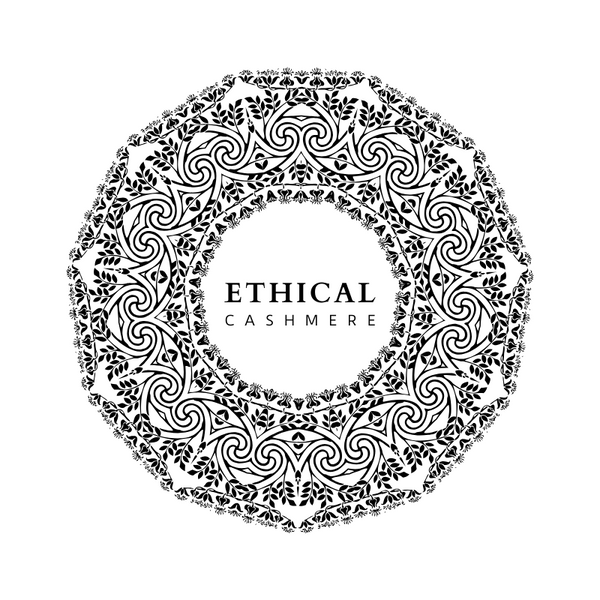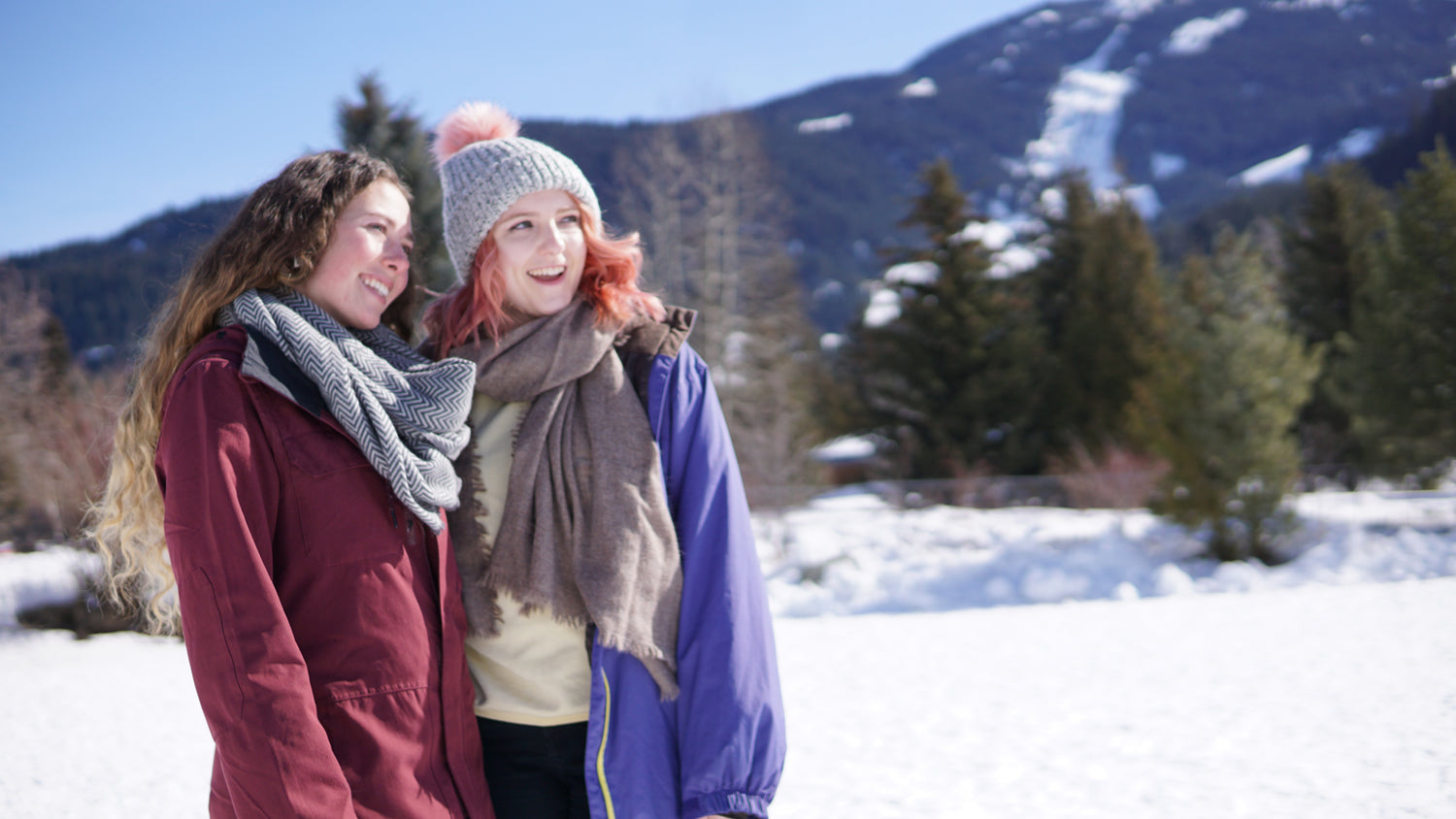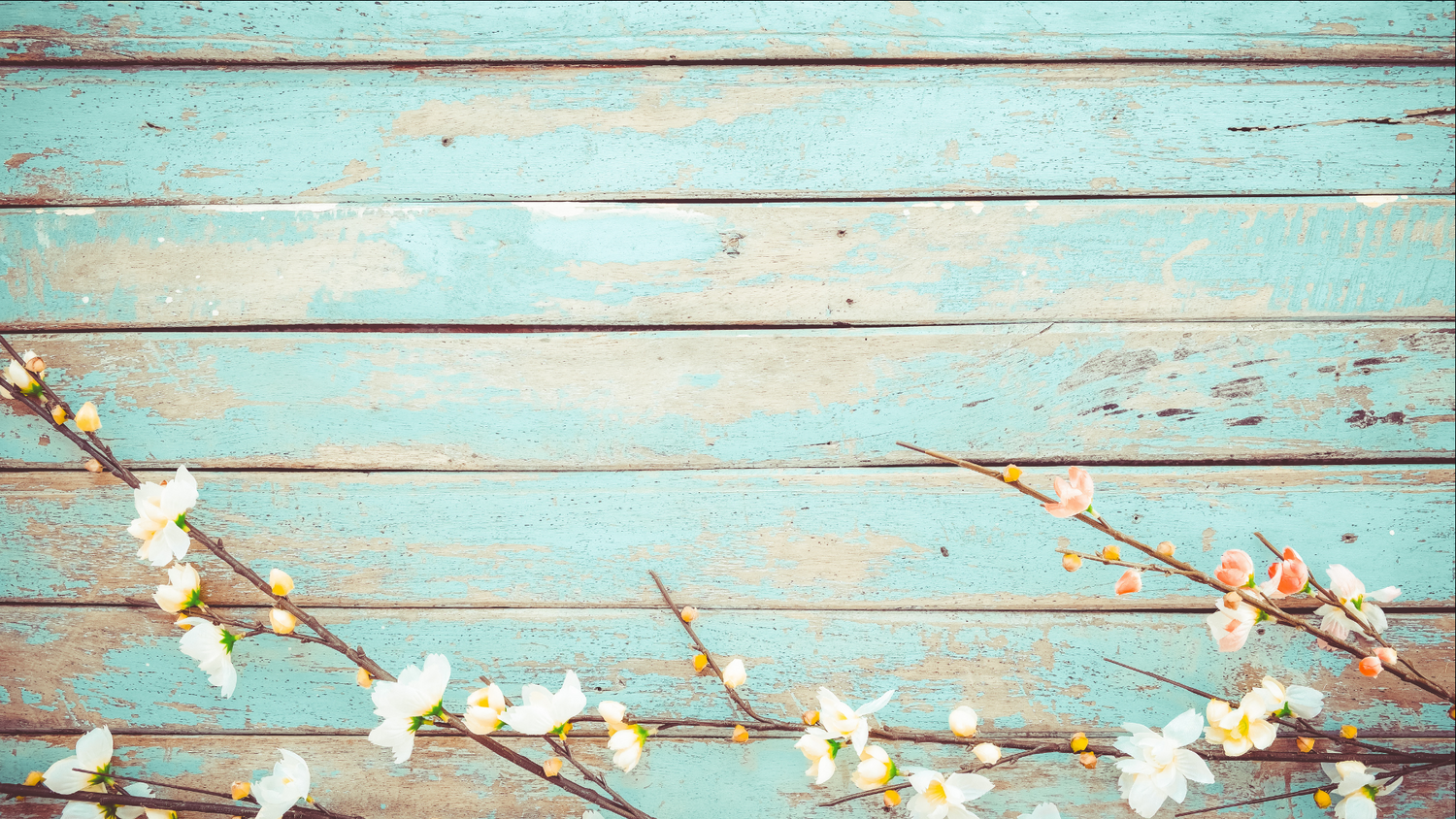How Soft is Cashmere Compared to Other Natural Winter Fabrics?
“OH MY GOD!!” was my instinctive reaction when I touched the cashmere shawl. I had not expected it to be that soft.
The day when I found out my 'cashmere' shawl is not real
Hanging out at Mr. Ghulam’s little store in Pokhara, at first I enjoyed merely looking at the colourful textiles neatly stacking the shelves.
You see, I thought I knew cashmere. There was a phase when it was fashionable in Malaysia; there was ‘pashmina’ (another name for cashmere) everywhere. Nice wide shawls, usually with some kind of paisley pattern. They were cheap, sometimes going for lower than $10.
I had dimly read of its reputation as a luxury accessory, and marvelled that it was sold so cheaply. Back then, I did not think deeper than that. The pashmina I encountered were just ok. Not so very soft as it is reputed to be, and only reasonably warm. I bought one, just for the sake of it.
So I was not overly interested in Mr. Ghulam’s wares.
But the other traveller, Baiti, was busily examining them more closely. Before long, she had opened up several scarves of different grades. Inevitably, I came over to handle them as well.
And I knew instantly. Instantly.
My so-called pashmina, despite the label sewn at the end saying ‘100% pashmina’, is not cashmere. Or maybe it contained just 1% cashmere or something daft like that. It was not nearly as soft, nor as fine. It did not float lightly over the skin like the real cashmere. You can’t pull it through a ring. Despite being thicker and coarser, it was not even as warm.
When you handle the real thing, you know. The cashmere reputation is completely justified - if it’s real, original cashmere.

How soft is cashmere, exactly?
And why am I well placed to tell you this?
Well, it’s because I am a tropical girl with almost no cold resistance. The relative warmth of fabrics matters to me, and I notice it. In order to travel in cooler climates while blending in reasonably with others (i.e. not look like the Michelin man when it’s not even winter!), I’ve steadily collected some of the warmest and finest natural fibre accessories. I’ll give you the straight up verdict now.
Cashmere vs Baby Alpaca
My best shawl before encountering cashmere, was a Peruvian baby alpaca wrap obtained from a sustainable artisanal craft retailer. I certainly was not skimping on quality when I bought it. It is very warm, and kind of soft. Indeed, baby alpaca is often said to rival cashmere in softness.
It’s close, but comparing the two, I have to say that cashmere wins out in softness - certainly the better grades, and when specifically woven for softness. Moreover, cashmere is lighter as well, giving it the look of a finer scarf for the same warmth (and taking less space in your bag).
Another consideration is that alpaca wool is typically shorn off the animal. While not necessarily harmful to the alpaca, it is probably more stressful than how cashmere is traditionally obtained.
Additionally, you can get this softest baby alpaca wool only once - from its first shearing. Whereas, Himalayan communities comb off fibres naturally shed by moulting cashmere goats every spring.
Cashmere vs Merino Wool
Merino was my mainstay for many years, ever since I invested in a merino-possum cardigan while visiting New Zealand. It is warm and quite durable, and while not as soft as the baby alpaca, the merino+possum blend is the softest sheep’s wool blend I’ve come across. It’s still my go-to cardigan, if I’m travelling during winter.
Although the softest of all wools, merino wool alone is nowhere as soft as cashmere. It’s not even a comparison. With a merino-possum blend, it’s much closer. However, quite obviously it would be thicker than cashmere, giving more of a ‘winter’ look for the same warmth.
A side note about the merino comparison is the practice of mulesing. When I learned about it, I also found that it was not strictly necessary to do this to manage animal health. But as is often the case, and just like cashmere, the ethical way is more labour intensive.
An additional consideration for this blend is that the possum part is harvested differently, i.e. it isn't sheared. Its a fur that comes from possum culled as part of an ongoing forest management practice in New Zealand to manage invasive possum threatening native species.

Cashmere vs Angora
I don’t personally have a sample of angora fabric to hand for a direct comparison. However, I have touched angora before - both the rabbit, as well as the finished products. The sensation was as memorable as touching cashmere.
The angora farm I visited in New Zealand many years ago had free ranging rabbits that willingly return for clipping. It was the most adorable and bizarre thing ever!
The angora from this particular farm was very soft and warm, and perhaps the closest to cashmere in softness and fineness. However, they didn’t seem to make large items with pure angora. It probably takes a lot of laborious harvesting to make something the size of a shawl from little rabbits.
What makes cashmere so soft?
We know it is not easy to communicate softness on an online shop. It would be much easier if you could simply touch the cashmere. There is a plethora of cashmere products on the internet, across a wide variation in price range.
To put it simply, cashmere is softer than other warm fibres, because it is finer. Its fibre diameter is simply thinner. Yet it is warmer, because the fibre is hollow inside, which increases its insulation capability.
Cashmere fibre itself comes in different grades, with the very softest generally being the most expensive.
Ethical Cashmere will stock at minimum, medium grade cashmere. We understand that if you’re looking for cashmere in the first place, you probably want the proper, noticeably soft kind - and perhaps even the indulgent, deliciously soft kind.

Sumi and her brother explain several aspects that come into play to determine how soft cashmere can get.
1. Where the cashmere fibre comes from on the goat
Different parts of the cashmere goat yield fibres of differing softness. Generally the softest fibres come from the throat of the goat (underside of the neck), then the shoulders, the flanks, and lastly, its back.
2. Length of cashmere fibre and softness
The longer cashmere fibres are coarser, and typically separated out by hand so that the remaining fibres can be grouped as high quality batches. Cheap cashmere is made from the long wools. Cashmere harvested in non-traditional ways (i.e. by shearing) have a higher coarse hair content and therefore a lower quality.
3. Species of cashmere goat and fibre softness
The ultra-fine breed of cashmere goat, the changthangi, pastured at high altitude, yield the softest cashmere fibres. The very finest cashmere is produced in Kashmir, the original home of cashmere, but it is a rare and expensive product. Other highland breeds across the Himalayas in Nepal, Tibet, and northern India likewise yield high quality fibres.
To make the goat adapt better to lower altitudes so that they could be pastured more conveniently on the plains or lowlands, there are cashmere crossbreeds, but the fibres do not have the same quality.
(Ethical Cashmere is able to supply Kashmiri cashmere. Please enquire for custom orders.)

4. The type of weave of the cashmere fabric
The same quality cashmere fibre can have different perceived softness to the touch, depending on how it is woven, as well as the weaver’s skill. For example, some weaves increase the product’s durability, and others emphasise the fibre’s luxurious softness.
5. Cashmere gets softer with age
Cashmere also gets softer with time. In the shop, the display products feel softer than the new ones still in their packaging. Mr. Ghulam explained that cashmere fluffs out as it is taken out and worn, and this fluffing over time makes it feel even softer than originally.




